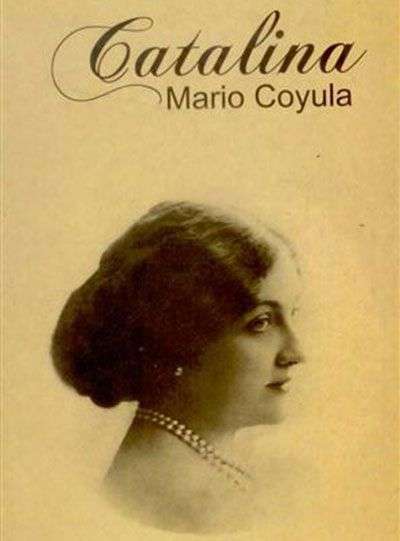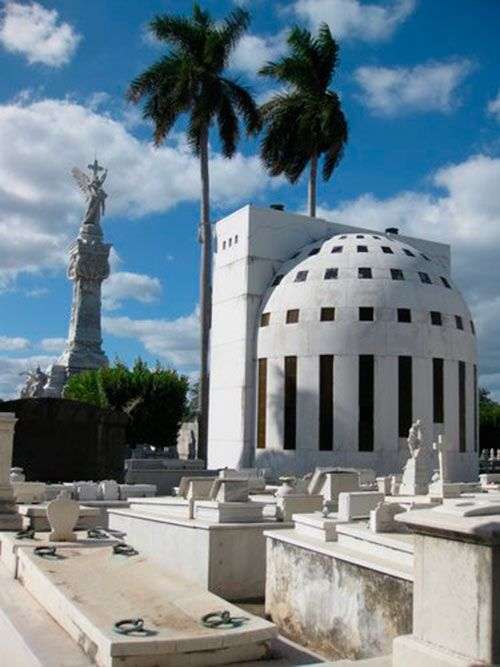A tour of Havana along with Catalina Lasa is the proposal in the form of a book by famous Cuban architect Mario Coyula Cowley, presented in the context of Cuba International Book Fair.
Catalina, book published by Ediciones Unión publishing house, marks the debut as a novelist of the 2001 National Architecture Award recipient.
However, the new role as creator of works of fiction gives Coyula the opportunity to merge his two trades. The protagonist of the text is none other than the Creole patrician Catalina Lasa, whom her second husband, the landowner Juan Pedro Baro, built a luxurious mansion on Paseo Street, in the Havana neighborhood of Vedado (now House of Friendship). After the death of Caterina in 1930, he also ordered the construction of a magnificent Art Deco mausoleum in the Colón Cemetery.
Catalina and Juan Pedro were the stars of the outrageous love story that shook the Cuban society in the early twentieth century, when there was still no divorce law in Cuba.

Why the interest in Catalina?
Catalina always interested me a lot, also at home as a child I heard about her. My grandfather had fought in the war with her brother, and together they came in the invasion of East to West.
For me Catalina Lasa is the tropical Ana Karenina and I make a confession: I was very much influenced by the fact she was cute and I have a weakness for beauty.
How much fiction is there in the play?
Many of the things I describe really happened but others didn’t. I mix the times and the characters so I recommend reading it carefully to recognize or understand the trick.
Did the architecture of the house of Catalina influence for documentation and descriptions that you made?
Yes, a long chapter is on the house and there is also much of the architecture of Havana, especially El Vedado, where her last residence and the chapel where her remains rest, which is a gem, a masterpiece of French master glassmaker and jeweler René Lalique, who was a friend of hers and Baró’s.
In the novel there are three main characters, Catalina, the architect who stalked her and Baró, the husband. On the latter I don’t show a very positive image, reflecting a contrast between him and Catalina’s family that was pro independence, her brother was a colonel in the war, for its part Baró was always very aware of not complicating his life in the conflagration and he went to Paris, as far as possible, to avoid being involved in that aspect that would change the country’s destiny.
I tell you more: slowly Catalina’s character gives away her space and then the architect gains more presence, which allows me to tackle more the 40s and 50s which is also a time that is not known or is not handled well in Cuba.
All these classes are addressed very briefly in our country. The representation is that all mambises were unblemished heroes, which is not true, but also in the outline appears that all who died were heroes while those who remained alive and entered politics became bandits, and that’s not true either.
My grandfather was an example of that, he was involved in politics for forty years and did not steal a penny, became famous for that because it was not actually mainstream.
To some extent, I was in debt to that world and with breaking the scheme, the myth that the wealthy were clumsy and did not know how to spend their money.
Catalina had a first edition, where and what other documents enrich the Cuban one?
The first edition of my novel was in Seville, Spain, but I kept the rights because I had interest to publish it in Cuba, as it happened now, and the rights to the English version that still has not materialized.
In this second edition I corrected many aspects; I removed exaggerated information, added original photos of the mansion located in Paseo that I got through a niece of Catalina Lasa when I read some scenes from the original version of the book in 2011 in Miami.
Photos taken from Internet











